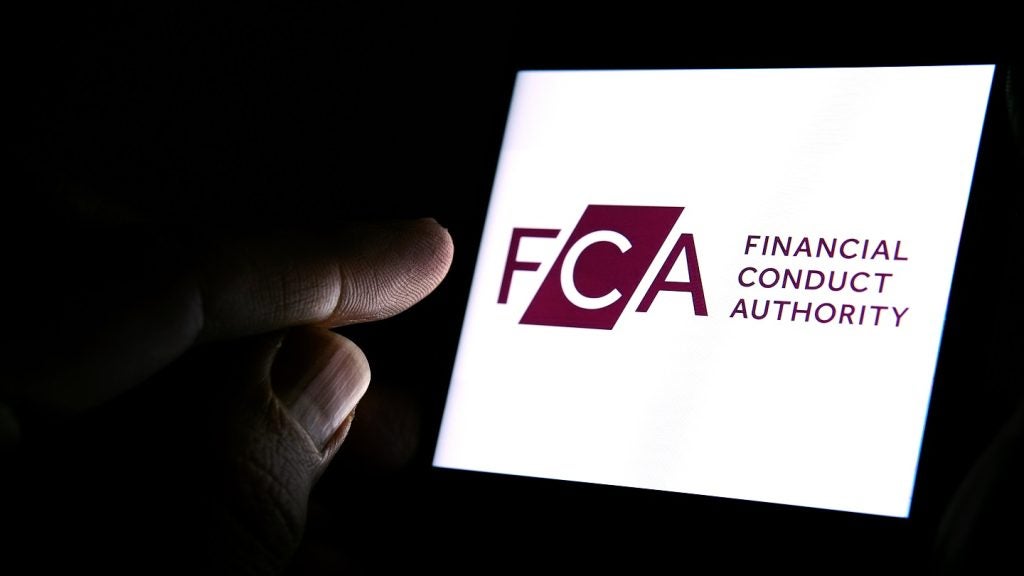With more than a third
of the population unbanked, South Africa’s banks are vying to
target the segment with low-cost banking products and offers. Gift
Manyanga, CEO of First National Bank’s segment-specific branches,
titled EasyPlan, discusses with Duygu Tavan the bank’s growth
strategies in South Africa and abroad.

South Africa’s traditional
banking market is characterised by fierce competition and pressure
on margins. By contrast, the low-income market represents a
significant growth opportunity with limited competition.
South Africa’s unbanked and
underbanked population is estimated to keep around ZAR12bn ($1.8bn)
‘under mattresses’, according to the latest statistics from the
South African Banking Association.
To close the gap between the
high number of unbanked and semi-banked people, and low lending
activity to the segment, First National Bank (FNB) started to roll
out a dedicated range of branches, called EasyPlan, in
2009.
So far, FNB, the retail
banking arm of South Africa’s third largest bank after Barclays’
subsidiary ABSA and Standard Bank, has opened 67 EasyPlan branches;
it aims to open a further 83 units by year-end.

US Tariffs are shifting - will you react or anticipate?
Don’t let policy changes catch you off guard. Stay proactive with real-time data and expert analysis.
By GlobalDataFNB has more than three
million customers in the mass market, but, according to FNB,
lending to the segment remained a small part of the bank’s
business. The EasyPlan branch network has been designed to change
all of that.
Easy Plan CEO Gift Manyanga
told RBI: “With large numbers of South Africans coming
into the banking space after 1994 [the time of the country’s first
universal elections], a lot of people chose the big four banks
because they had been there a long time.
“But the service [in this
sector] was generic and considered to be one size that fits all.
Yet, one segment of the market wanted the cheapest banking
facilities.”
South Africa’s low-income
segment consists of people who earn on average ZAR100,000 per
annum. But Manganya said 70% of this segment in effect earn less
than ZAR3,000 a month. It is this segment that FNB is catering for
with the EasyPlan network.
“We understand what customers
need and which environment they feel comfortable in. If the branch
looks luxurious, this segment will feel intimidated. But if the
branch looks clean, neat and welcoming, they will enter that
environment.
“With Easy Plan, we make
banking easier and simple for them in terms of pricing as well as
operating hours; branches open as early as 7am and close as late as
7pm in the evening.”
The bank offers three main
products:
- a basic transactional
account with simple pricing and a monthly account fee of
ZAR3.95; - short-term loans that range
from one month to 36 months from ZAR250, and offer fixed interest
rates and instalment loans and; - funeral cover.
The funeral cover in
particular appeals to the unemployed, who receive funeral insurance
of between ZAR5,000 and ZAR30,000 for ZAR15 per month, which the
bank pays out within 48 hours of notification of death.
In addition, EasyPlan offers
a fixed investment account, for which the client can set the amount
to be saved and which they can withdraw with 30 days notice.
Manyanga added that EasyPlan would not be raising its bank fees for
at least 18 months.
The cost of launching and
maintaining a branch network that, as of end-February had more than
60,000 customers and had sold more than 95,000 products by the end
of January, is relatively low.
EasyPlan branches cost about
ZAR850,000 to roll out, excluding the ATMs, which are paid for by
the vendors. On average, a branch consists of seven customer
advisors and the total network currently totals around 500
employees.
By the end of June 2012,
Manyanga forecast that the number of EasyPlan branch employees
would reach 1,500. By the middle of this year, FNB will open 33
branches and another 50 in the second half of the year.
Marketing
 Manyanga said that the success
Manyanga said that the success
of the branch has, to date, been the result of word-of-mouth
marketing.
“We wanted to wait until we
had about 70 branches before we launched marketing campaigns. We
did a lot of PR and ran advertorials in newspapers. In the next
three months, we will hit the media with aggressive campaigns via
TV, radio and press.”
In addition to its
traditional banking line-up, mobile banking is a key element of
Easy Plan’s simplicity-driven strategy.
Little wonder, given that
more than 90% of the population has a mobile phone and more than a
fifth in effect operate two handsets.
The bank introduced a mobile
banking service more than five years ago.
“But with EasyPlan, we
entrenched it more,” he said.
The bank launched e-Wallet, a
mobile payment service, in November 2009 to offer banking services
without the requirement of a physical branch network. So far,
435,000 out of FNB’s 2.4m mobile banking clients have signed up for
the service.
But Manyanga emphasised that
one of the biggest challenges in the m-banking market was to
educate consumers not to reveal their PIN or threaten their
financial security in any other way.
Clients can remit a cash
transfer via the mobile phone handset while the recipient can then
withdraw the money from an FNB ATM, without needing to run a bank
account.
Manyanga is confident that
the bank’s competitors, such as the country’s fifth-largest banking
group, the fast-growing Capitec, are “far off” in terms of
innovative banking services and products.
ATM
network
Real-time cash deposit ATMs
are also part of the bank’s aggressive push to keep operating costs
low by migrating consumers to the electronic self-service
channels.
FNB has more than 5,800 ATMs,
supplied by NCR and Diebold. The EasyPlan ATM network covers 155
units. Manyanga said that the bank was currently replacing older
ATMs. It will also launch around 1,000 additional ATMs in the next
18 months.
“It is a continuous
maintenance project.”
Manyanga also revealed that
the bank was working on biometric verification for its ATM
network.
“We are currently working on
a project with the Department of Home Affairs to verify a customer
directly through the department’s database. So we’re busy with the
biometric service. Once that has been successful within the branch,
we will look to migrate that to the ATMs.”
A biometric solution would
also come in handy for FNB’s growth ambitions in the rest of
Africa.
“We look at different banking
models in different countries, but we want to establish EasyPlan in
South Africa as a base, then start to expand this in the rest of
Africa.”
As brand-awareness is an
essential tool to acquire clients, Manyanga said that the bank
would have to roll out a traditional branch first.
“In some markets, it will
make sense to roll out EasyPlan, in others it will not.”
A major challenge for FNB’s
African expansion is lack of formal identity systems in some
countries, such as in Uganda – which is on FNB’s radar.
“A bank needs to be very
clever and innovative to deal with such as system. You need a
biometric solution from day one because that will be the only way
to identify people.”
Manyanga said that another
challenge was lack of formalised credit bureaus. As a result, FNB
is partnering with South African credit bureaus to launch into new
markets across Africa. In addition to Uganda, FNB is eyeing up
possible opportunities in Ghana. It has also obtained a banking
licence in Tanzania and is ready to open its first branch there by
the middle of the year.
Branching
out
With GDP growth of 3%
forecast for 2010 and 2011 in South Africa, FNB is targeting growth
possibilities in countries where economic growth forecasts exceed
that of its domestic market.
Unlike other African
countries, South Africa is still dealing with the aftermath of the
financial crisis.
“Across the rest of Africa,
there are a lot of growth opportunities and challenges and needless
to say, EasyPlan will be the key driver.”
All in all, FNB’s target for
the next five years is to grow its market share in unsecured
lending from 8% to 20% to be on a par with its 23% market share of
the mass retail banking market.
EasyPlan belongs to the
bank’s smart solution segment, which targets the lower income mass
segment. Already, smart solutions contribute a fifth, or about
ZAR1bn, of FNB’s annual profits.
Although the bank has not disclosed specific figures,
Manyanga said that FNB expects a growth in smart solutions profits
deriving from EasyPlan.








